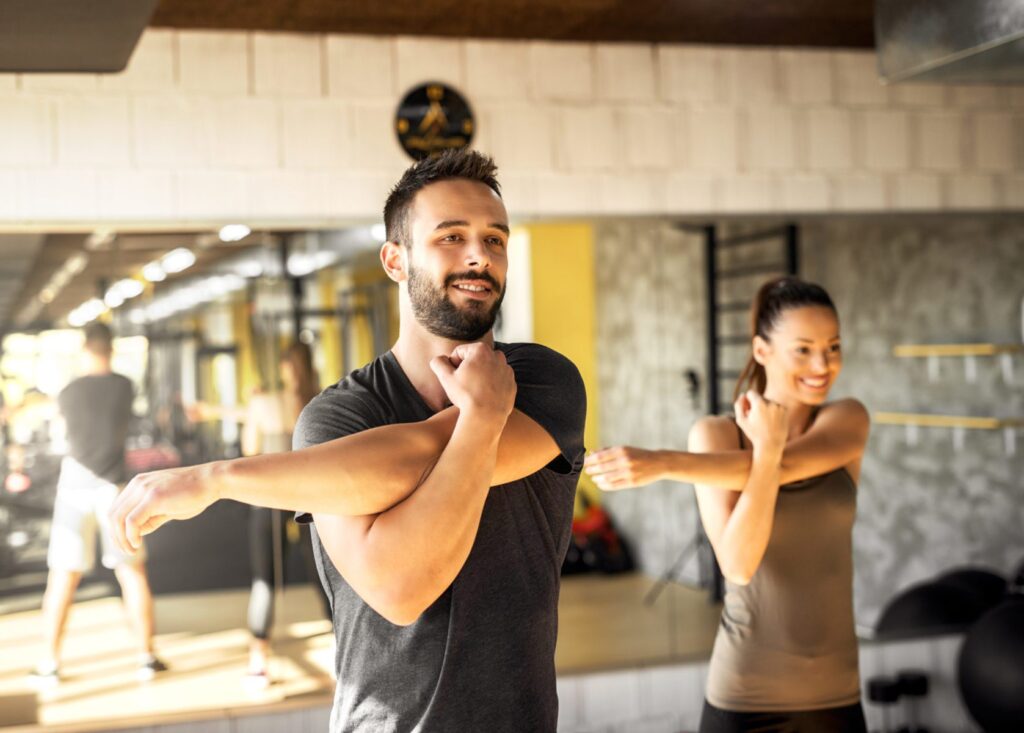Simple 3 Exercise Home Workout to Heal Your Shoulder Injury

Shoulder injuries are never fun—and anyone can get them. Whether you are pitching a baseball or sitting at your work desk, you are susceptible to a shoulder injury. Yes, you read that right—you can injure your shoulder in your cubicle. Shoulder injuries are among the most common injuries amongst adults, with rotator cuff tears affecting roughly 2 to 4 million people in the United States every year.
Other injuries to the shoulder may include:
- Bruises and broken bones
- Dislocation and strained muscles
- Injured tendons, ligaments, and nerves
Does Physical Therapy Help with Shoulder Pain?
Figuring out how you ended up with your shoulder injury is generally easy. However, figuring out how to properly treat a shoulder injury can be a little tricky—but the sooner, the better. Luckily, there are ways to heal your shoulder so you can get back in the office or out in the field.
The physical therapists at OSR Physical Therapy are trained to pinpoint the exact location and cause of your pain through various diagnostic tests. This helps our physical therapists design a specialized combination of physical therapy methods unique to your specific injury because even though shoulder injuries are common, they come with special requirements to heal. This can be done through strengthening, stretching, and joint mobilization exercises combined with heat, ice, and electrical stimulation therapies.
What is The Best Home Exercise for Shoulders?
Your physical therapist will want you to work out your shoulder at home. Let’s explore 3 OSR Physical Therapy-approved exercises you can practice on your own:
1. Arm Across Chest Stretch
How to do the arm-across chest stretch exercise
To effectively do this stretch, hold your right hand out in front of you and keep it close to your waist. Then place your left hand behind your right elbow and pull the right arm down and across the chest. You can lower your arm until the pain begins to subside. Hold this stretch between 30 to 50 seconds and repeat 3 to 5 times.
What muscles does the cross arm stretch?
This cross arm stretch will primarily target the rotator cuff muscles and it is best done with the right arm before moving to your left arm (if right-handed), as your dominant arm is typically more mobile than the non-dominant one. This is one of the best shoulder strengthening exercises you can do at home with minimal equipment required.
2. Chest Expansion
How do you expand your chest?
To perform the chest expansion exercise you will need an exercise band, a rope, or even a tie to practice chest expansions. Grab your item of choice and hold it behind your back with both hands. Move your shoulder blades toward one another and open up your chest. Lift your chin to the ceiling as you open your chest and hold for 10 to 15 seconds. Repeat this exercise between 3 and 5 times.
What are the benefits of chest expansions?
The benefits of chest expansions come from stretching the intercostal muscles, they relax the shoulders, engages the diaphragm and pelvic floor, and helps one balance their breathing.
3. Shoulder Pendulum Exercises
What are Shoulder Pendulum Exercises?
The shoulder Pendulum is a great exercise that can be done as a part of your shoulder rehabilitation routine. It’s typically prescribed in early phases of shoulder rehab and is well tolerated by many patients, making it a great exercise to perform at home.
Doing the Pendulum Exercise
You will want to grab a chair for this exercise. Rest one hand on the back of your chair while the other dangles loosely. Circle it both clockwise and counter-clockwise. Release and repeat on the opposite side and continue this exercise a few times during the day to increase your flexibility.
Get Moving With OSR Physical Therapy
Regardless of how you injured your shoulder, OSR Physical Therapy is here to answer your questions and get your range of motion back.
We will teach you the techniques to enhance your strength, prevent future issues, and equip you with the knowledge you need to stabilize your shoulders for longevity after you leave our office. Get in touch with one of our movement experts today.
